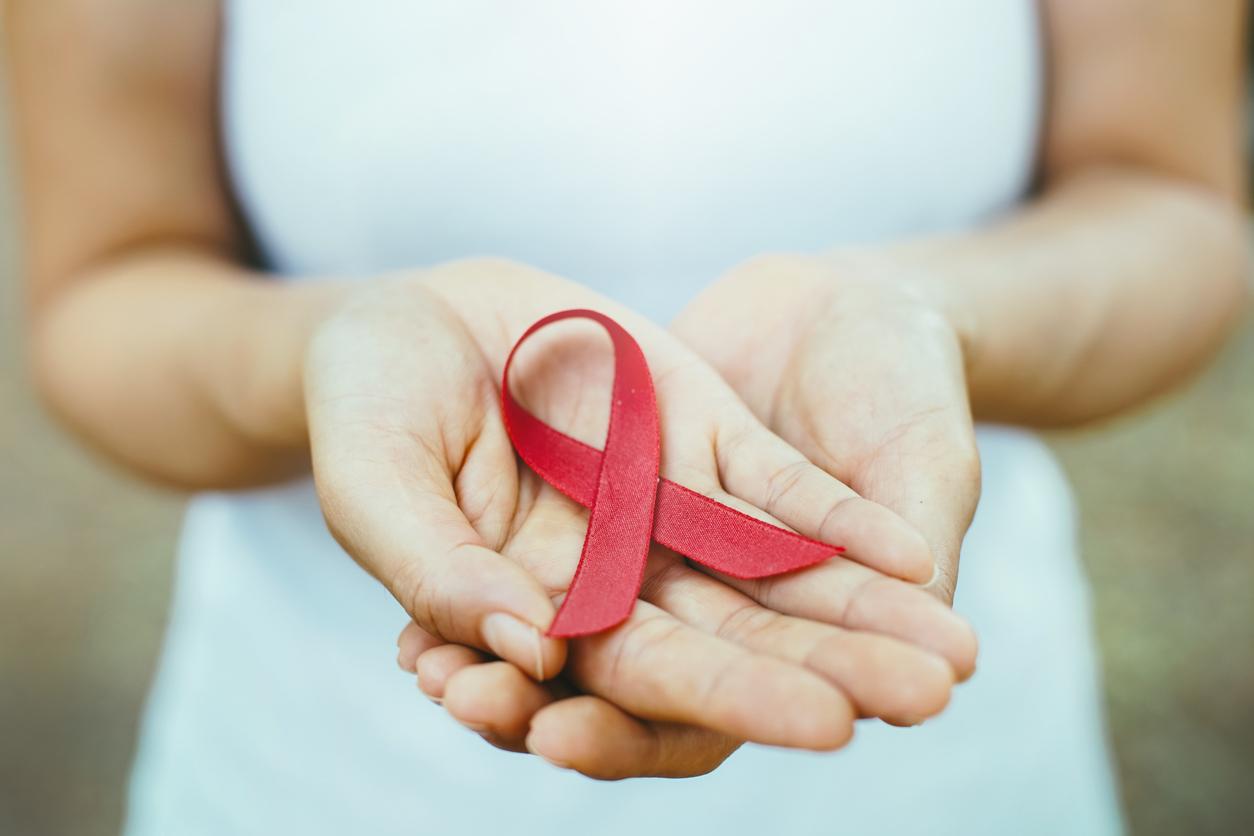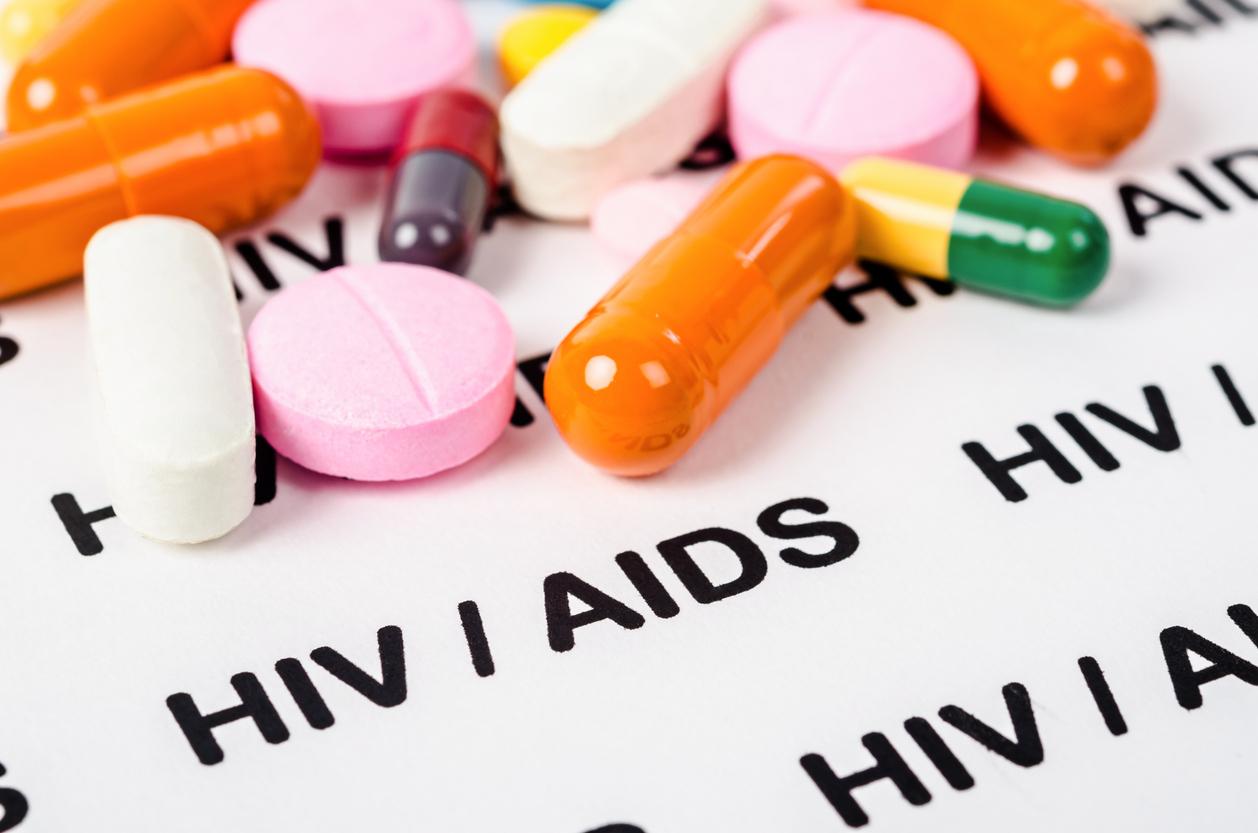For a year, the Truvada had a temporary authorization for use in the prophylaxis of HIV for adults at high risk of acquiring HIV through sexual intercourse. In this context, 3000 patients received the treatment. From February 28, the drug will be approved and available throughout France as part of the reduction of HIV contamination. But, as indicated National Agency for Medicines and Health Products Safety (ANSM), it would not protect 100%.
Truvada is a fixed-dose combination of two HIV reverse transcriptase inhibitors, emtricitabine and tenofovir disoproxil fumarate, which has received European marketing authorization (MA) since 2005 for the treatment of HIV. HIV infection in adults.
From February 28, 2017, the Truvada can be prescribed to all people with high exposure to HIV through sexual intercourse. “The treatment will be initiated by a hospital specialist. It may be renewed by the general practitioner, within the limit of one year, as is currently the case in the treatment of infection by HIV», Recalls the ANSM.
Truvada does not protect 100%
Patients taking Truvada should be monitored regularly by their doctor, as this preventive treatment is linked to the risk of kidney toxicity caused by tenofovir disoproxil fumarate, one of the active ingredients of the drug.
They must also force themselves to be tested for HIV at least every three months, because there is “a risk of seroconversion under treatment which may be associated with the appearance of resistance mutations in HIV”.
The ANSM recalls that “the use of Truvada in PrEP HIV is part of a diversified prevention strategy for the transmission of HIV through the sexual route, in particular by promoting the use of condom, which not only protects from HIV but also other sexually transmitted infections ”.
STIs: what are the risks of transmission according to sexual practices?
Read also:
AIDS: Bill Gates invests in a preventive implant
AIDS: Truvada authorized as a preventive treatment
HIV: can we do without a condom while taking antiretroviral therapy?
HIV: how does it work in the body?
















